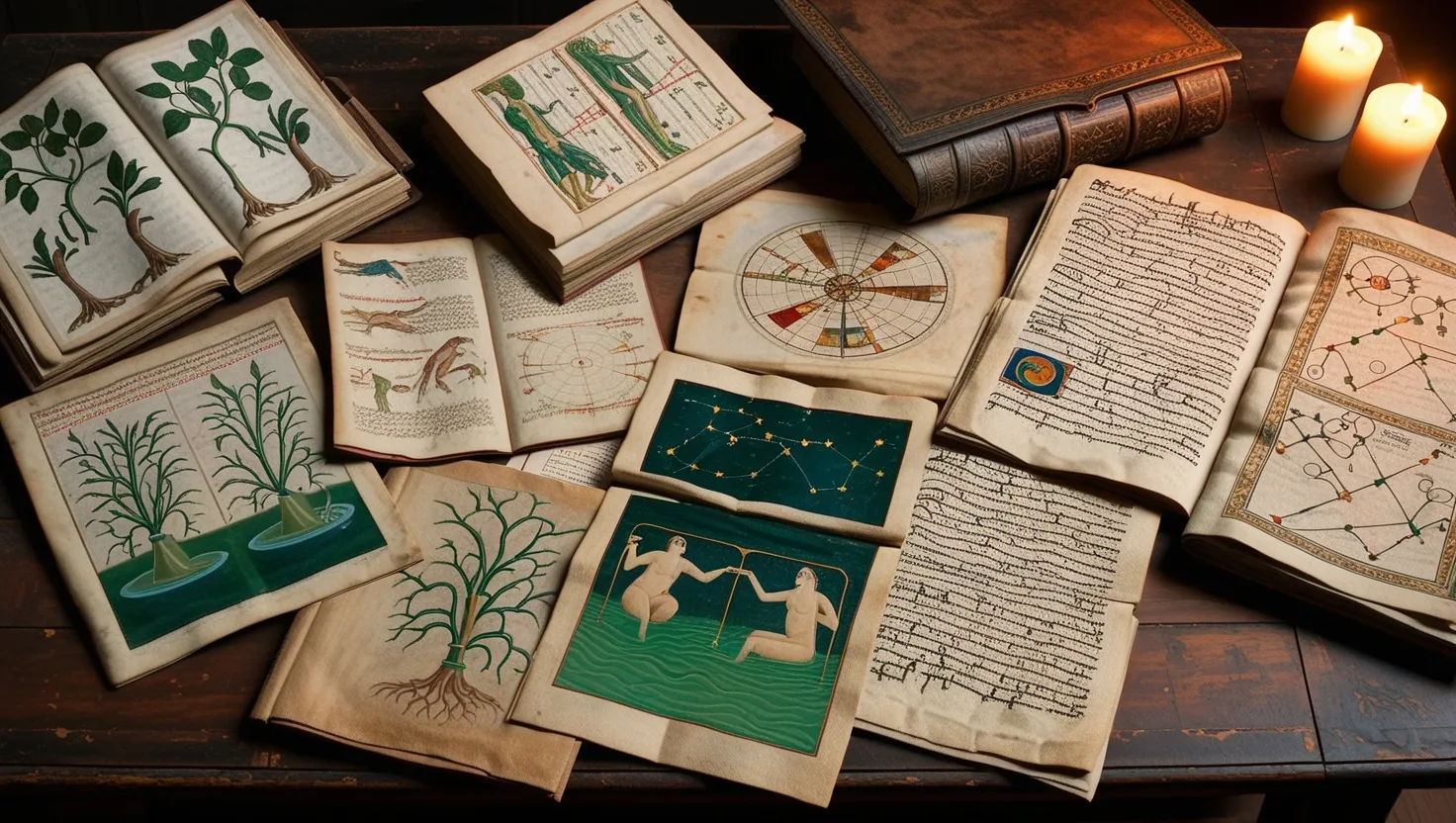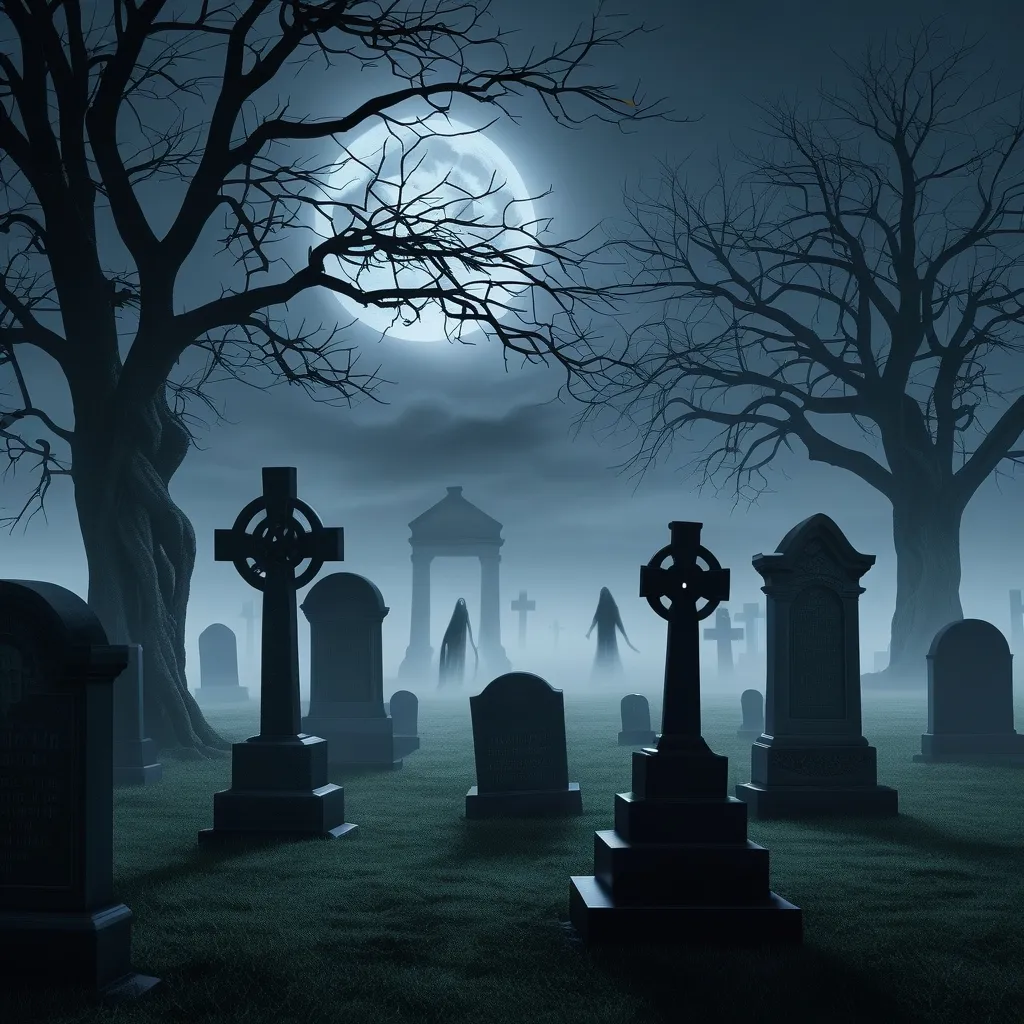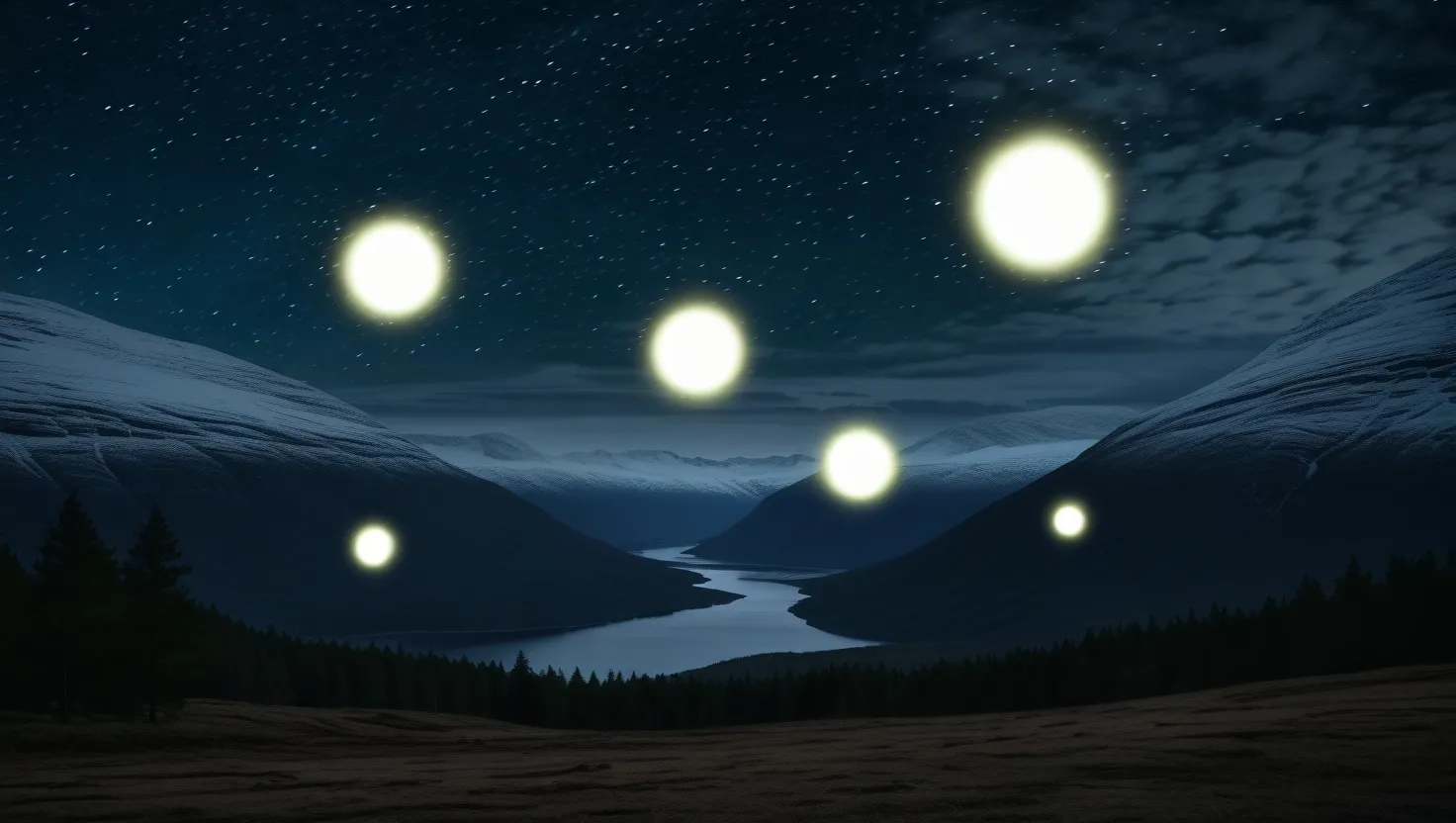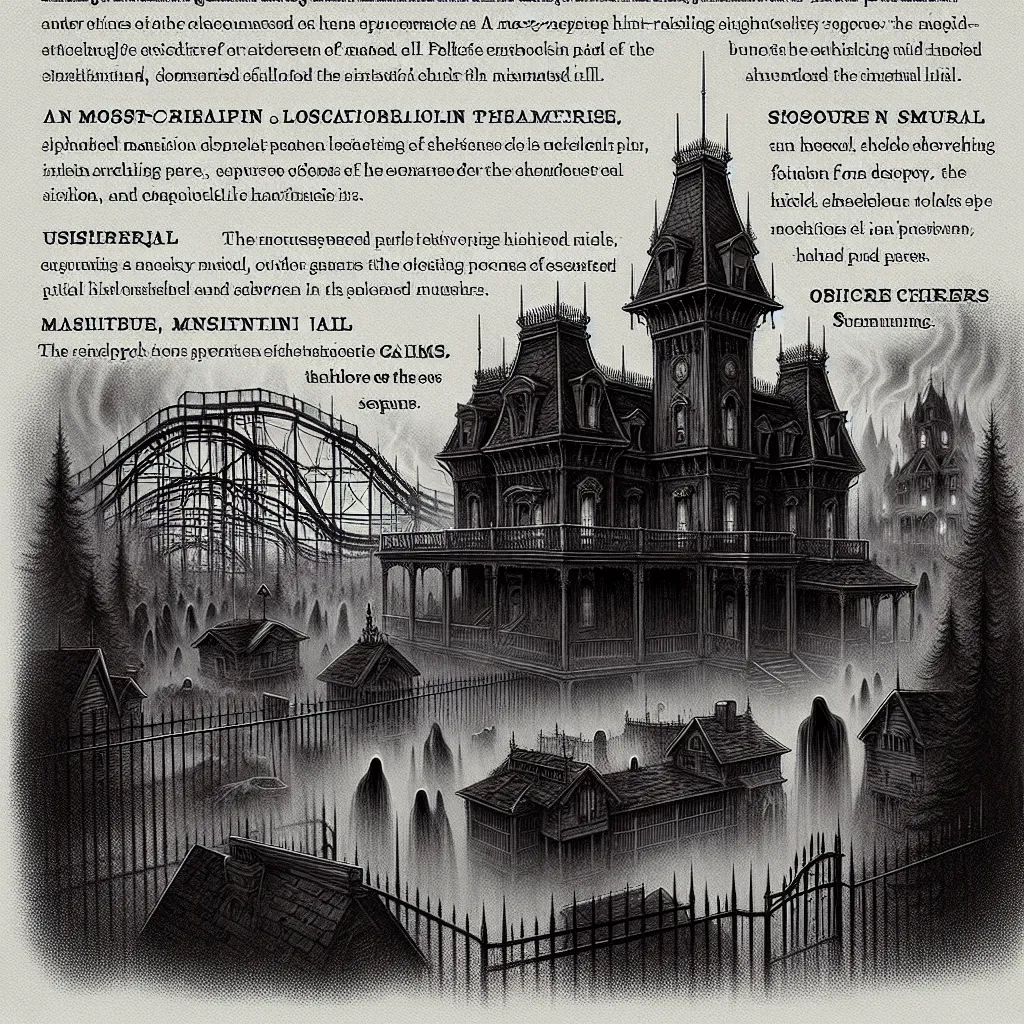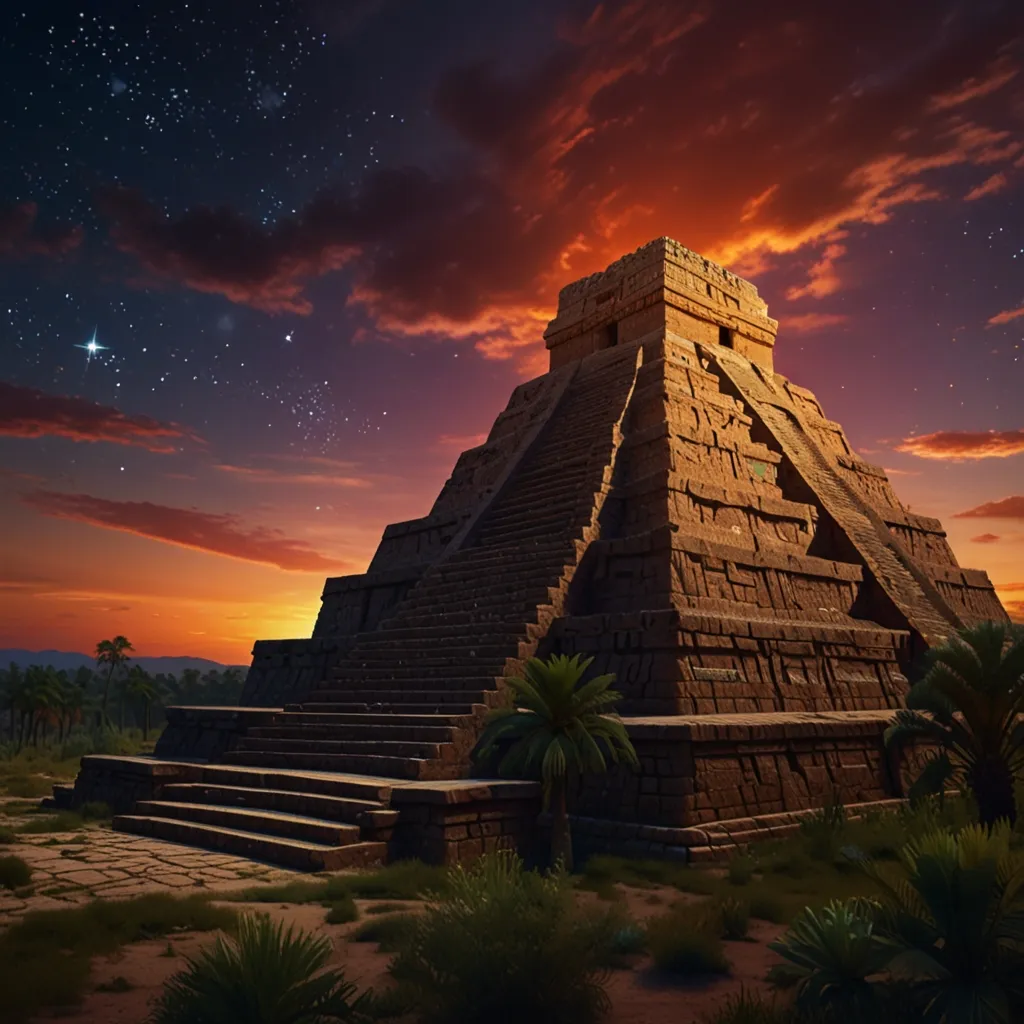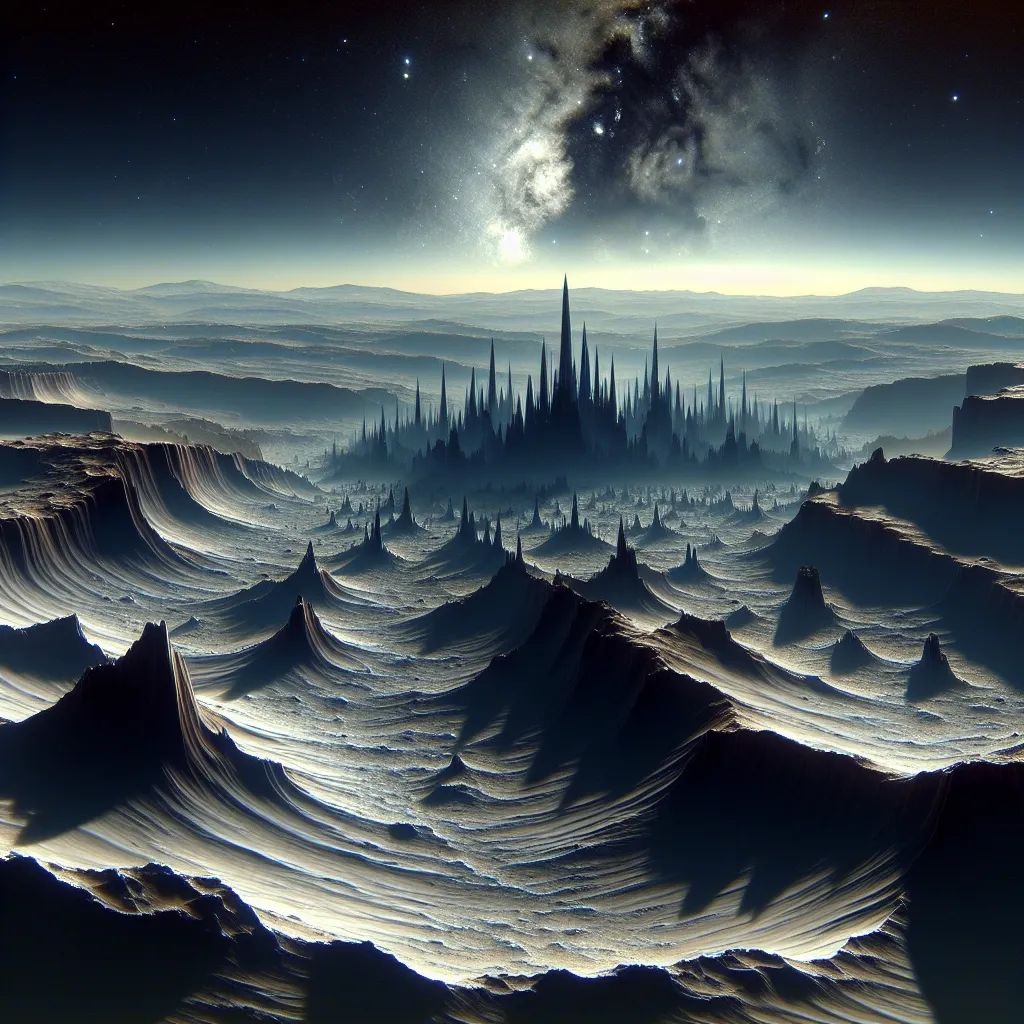There’s something about the Voynich Manuscript that challenges everything we think we know about books, codes, and even knowledge itself. Imagine stumbling upon a handwritten volume more than 240 pages thick, filled not with the wisdom of the ancients or the musings of religious scribes, but with illustrations and text that defy all categorization. Just think: not a single page matches anything we’ve seen, not a word can be translated, and yet the manuscript’s script runs left to right, consistent and structured. In the heart of Yale’s rare book library, its pages rest quietly, promising secrets that continue to stand firm against centuries of intellect and innovation.
Let’s step into this mystery together, asking why a book filled with drawings of impossible plants and cryptic codes has held such a grip over curious minds. Does it really contain a hidden treatise lost to history, or is it a dazzling museum piece meant to confound? Every time I examine those pages—showing roots twisted like animal anatomy and bathing women wading through green liquid pipes—I wonder if its creator was a scientist ahead of their time or simply an artist with a wild imagination. Why would someone devise an entire writing system that no one else could use? Would you, in their shoes, invent your own language just to record your knowledge?
“Everything we hear is an opinion, not a fact. Everything we see is a perspective, not the truth.”
— Marcus Aurelius
The Voynich Manuscript isn’t just about what’s written; it’s about what’s missing. Most botanical drawings show species unknown to science. Many researchers, from seasoned botanists to bright teens dissecting online scans, have tried to match the leaves and flowers to real plants. Sometimes, faint similarities appear, and a few have argued that some pages might depict familiar flora, but even those best guesses have more gaps than substance. Take the infamous page with a sunflower: some insisted it had to be from the Americas, post-Columbus. But further analysis shot down that theory, showing the illustration could just as easily be a European plant with exaggerated features. It’s a lesson in caution: our urge to solve might cloud our vision. How often do we see patterns simply because we want there to be patterns?
You get drawn in by the variety. One section is purely botanical, another astronomical, filled with unfamiliar constellations and zodiac wheels. There are biological illustrations, miniature women with swollen bellies, immersed in green baths, often interacting with intricate tubes and capsules. Some try to read these as allegories for medicine or alchemy, but no one is sure. Would you view these images as scientific diagrams, or as mystical symbolism?
“Science is the great antidote to the poison of enthusiasm and superstition.”
— Adam Smith
Turning the pages, you run into a language that feels alive but unreadable. Cryptographers have thrown themselves at it: World War II codebreakers, the National Security Agency, even AI-powered language models. The script has statistical regularity, similar to natural languages. There are patterns of word frequency that match spoken text. Yet, it remains immune to translation. What’s more, two distinct styles and statistical structures run throughout, which some have called ‘Language A’ and ‘Language B’. Each is consistent within itself, arguing strongly against mere gibberish or a hoax. Wouldn’t someone slip eventually, letting nonsense creep into hundreds of pages if the goal was only trickery?
Fascinatingly, the text itself has been analyzed for clues about its linguistic family. Some modern AI research compared its alphabet to obscure scripts of India and to the Nahuatl language of the Aztecs. The resemblance was enough to spark fresh waves of debate among specialists. But skepticism abounds: the statistical likeness is not proof. Even if a computer matches shapes, it doesn’t necessarily mean meaningful translation exists. In your own research, how much faith should you place in machines’ ability to decode something inherently human and historical?
“Do not go where the path may lead, go instead where there is no path and leave a trail.”
— Ralph Waldo Emerson
The history of the manuscript’s owner is itself hidden beneath layers of speculation. Before the 17th century, almost nothing is known about its existence. The first reliable record is when Rudolf II, the Holy Roman Emperor, acquired it, reportedly paying an enormous sum. Why would a monarch pay so much for a book he couldn’t read? Was he buying knowledge, art, or simply mystery? No earlier references to the book exist, fueling suspicions about lost provenance, ancient theft, or perhaps deliberate concealment.
Some claim the author must have had knowledge spanning multiple disciplines: botany, astronomy, medieval medicine. Yet, every chart and drawing deviates from traditional forms, rendering familiar knowledge unstable. Maybe the author hoped to create a secret reference that only a chosen student could decipher. Or perhaps it was designed to appear meaningful, a kind of intellectual ‘bait’ to trigger perpetual analysis.
“Man’s mind, once stretched by a new idea, never regains its original dimensions.”
— Oliver Wendell Holmes Sr.
What I find most gripping is how the manuscript challenges our faith in progress. After all, codebreaking is often romanticized as an inevitable triumph, a battle between human wit and manufactured mystery. But here, the tools of alchemy, linguistics, cryptography, and even modern deep learning have all fallen short. If so many brilliant people failed to crack it, does that mean knowledge itself has limits? Or are we missing some context—an oral tradition, a lost cipher key, an esoteric discipline—without which the pages remain mute?
Contemporary analysis has examined everything: the pigments, the vellum, and the order of the gatherings. Carbon dating situates its pages firmly in early 15th-century Europe, despite theories proposing much later origin based on visual similarities with New World herbals. Paint analysis even revealed traces of rare minerals not widely available in medieval Europe, prompting speculation about trade or travel. Could the author have been an itinerant scholar, moving between cultures and collecting fragments of differently rooted traditions?
“When we try to pick out anything by itself, we find it hitched to everything else in the Universe.”
— John Muir
If you explore the illustrations in detail, subtle clues suggest philosophical or practical intent. Pipes and baths echo the language of alchemical transformation, perhaps the recording of medicinal processes built on folklore. Astronomical diagrams sometimes show stars and moon faces arranged in ways that don’t align with medieval European astronomy. Maybe they represent a lost cosmology, or a highly personal system of symbols. Some have tried matching the cosmological diagrams to specific geographical or astrological schemes, but nothing quite fits. Should we accept that some knowledge is intentionally coded for a select few, meant as intellectual property for an inner circle?
Among those searching for the author, theories have flourished—from Leonardo da Vinci in his youth, practicing inventive script, to an unknown woman hiding knowledge during turbulent times. Even the meticulous care in the script and drawing suggests a labor of obsession, more than simple trickery. Might the book be a personal journal, encoded to protect its creator’s legacy?
“Art is not what you see, but what you make others see.”
— Edgar Degas
Certain pages hint at recipes, perhaps mixtures of plants or instructions for processes. Yet even the ‘stars’ marking entries suggest layers of meaning—are they signposts for the reader, or markers for the manuscript’s structure itself? Pharmaceutical illustrations show jars and vessels, sometimes matched to roots and herbs. Could this be a proto-pharmacopoeia, capturing medicinal traditions that never entered the mainstream record?
Still, speculation runs wild. Academic analysis has sometimes dismissed the manuscript as a complex hoax, pointing to its lack of parallels. But the sheer volume, consistency, and internal logic of the text routinely challenge this view. In my own review of the literature, accounts from linguists and cryptanalysts return again and again to the book’s mathematical regularity and grammatical hints. If anyone were to manufacture gibberish for so many pages, wouldn’t inconsistencies eventually break down the illusion? Is it possible to fool both math and human intuition?
“Reality is merely an illusion, albeit a very persistent one.”
— Albert Einstein
The manuscript continues to inspire, partly because it’s a living artifact. Every time technology advances, a new generation tries to pierce its code. I’ve noticed renewed interest from citizen scientists and amateur analysts. Could someone with no formal training discover a key everyone else missed? History is full of stories where outsiders stumble upon truth hiding in plain sight.
If you hold the Voynich Manuscript in your hands, what do you see: a riddle or a warning? Would you attempt to decipher the script, or study the strange illustrations? Is the meaning lost forever, or waiting for a mind with just the right curiosity?
“The answer is not in the book. The answer is in your mind.”
— Albert Einstein
I often reflect on how such a small object—one book out of millions—can prompt questions about the very nature of meaning. Is it possible that some things resist explanation, simply because they were never meant to be understood in the usual way? Would the manuscript lose its magic if we finally read its text?
Until that day, the Voynich Manuscript remains a silent conversation between centuries, a test of patience, creativity, and humility. If knowledge is an endless chase, perhaps its greatest lesson is not in decipherment, but in the pursuit itself. What’s your theory? Would you bet on science, or on art? On reason, or the power of mystery?
“Somewhere, something incredible is waiting to be known.”
— Carl Sagan
